Learning to live with less water
Climate change and a growing population are putting pressure on our global water resources, especially those used for agriculture. How can we respond to this challenge and ensure that farmers have the water they need? Dr Emile Elias and the USDA Southwest Climate Hub are working hard to answer this question
Climate change, and increases in the frequency, severity and duration of agricultural drought, have contributed to a shortage of water for agricultural use. In some parts of the world, poor land management practices and water wastage have put further strain on water supplies. Clearly, something needs to be done to ensure that our water resources are properly managed, especially in light of a rapidly changing climate and a growing global population.
Dr Emile Elias and her colleagues at the USDA Southwest Climate Hub hope that the knowledge gained through their research will ensure that our water resources are well managed and protected, and that ultimately, farmers have enough water to support their livelihoods. Emile’s area of focus is America’s southwest – especially the upper Rio Grande basin in southern Colorado and northern New Mexico.
WHAT IS IT LIKE IN THE SOUTHWESTERN REGION OF THE US?
The southwest is one of the hottest and driest areas of the US. There is often very little rain. In fact, much of the area’s water comes from snowmelt runoff from mountains during the spring. So, water can be in short supply.
Sometimes the area reaches a tipping point. “During the exceptional drought of 2018, for example, some communities ran completely out of water,” says Emile. “Many had to haul water long distances and this negatively impacted agriculture in the region.” Some farmers simply did not have the resources to support their livestock.
WHY IS THE WATER SCARCITY PROBLEM GETTING WORSE?
“Drought is a way of life in the region,” says Emile. However, it appears that in recent times, things are different, with temperature-related agricultural droughts now intensifying.
Emile believes that the increasing frequency and severity of agricultural droughts are due, in part, to climate change, and Climate Hub’s investigations into the amount of water held in snow in the San Juan and Sangre de Cristo mountains, and runoff (water produced from melting snow) into the Rio Grande river, are indicating that the situation is likely to get worse. “Warming temperatures are leading to lower amounts of water held in the snow, reduced soil moisture, and changes in runoff timing,” she says.
WHAT HAVE HYDROLOGICAL MODELS SHOWN?
Emile and her colleagues used hydrologic simulation models in their studies (hydrology refers to the study of water and its distribution on Earth). A model is a simplified version of reality that allows for observation and testing. “In hydrologic modelling we use mathematics to represent reality. Simulation models are built from mathematical principles and generally use computing technology to test different scenarios,” Emile explains.
To get a full picture of possible outcomes, the team modelled four potential climate scenarios over the next 80 years or so. The scenarios were as follows: 1) warm and wet; 2) warm and dry; 3) hot and wet; and 4) hot and dry. Considering all four scenarios, the researchers were able to summarise that total water volume of the basins in the area will be between 7% higher and 18% lower than pre-climate change conditions. Their models also showed that warming temperatures will lead to earlier peak snowmelt runoff. If the snow melts too soon, this poses challenges for water management in the region.
To add weight to the research team’s findings, some of the changes they have predicted – such as a decrease in available water and snowmelt occurring earlier in the year – are already being observed in the region.
Reference
https://doi.org/10.33424/FUTURUM09
Emile in front of the La Plata Mountains near Durango, Colorado
Members of the Southwest Climate Hub Steering Committee
Emile and her family raft the Animas River, Colorado
Climate change, and increases in the frequency, severity and duration of agricultural drought, have contributed to a shortage of water for agricultural use. In some parts of the world, poor land management practices and water wastage have put further strain on water supplies. Clearly, something needs to be done to ensure that our water resources are properly managed, especially in light of a rapidly changing climate and a growing global population.
Dr Emile Elias and her colleagues at the USDA Southwest Climate Hub hope that the knowledge gained through their research will ensure that our water resources are well managed and protected, and that ultimately, farmers have enough water to support their livelihoods. Emile’s area of focus is America’s southwest – especially the upper Rio Grande basin in southern Colorado and northern New Mexico.
WHAT IS IT LIKE IN THE SOUTHWESTERN REGION OF THE US?
The southwest is one of the hottest and driest areas of the US. There is often very little rain. In fact, much of the area’s water comes from snowmelt runoff from mountains during the spring. So, water can be in short supply.
Sometimes the area reaches a tipping point. “During the exceptional drought of 2018, for example, some communities ran completely out of water,” says Emile. “Many had to haul water long distances and this negatively impacted agriculture in the region.” Some farmers simply did not have the resources to support their livestock.
WHY IS THE WATER SCARCITY PROBLEM GETTING WORSE?
“Drought is a way of life in the region,” says Emile. However, it appears that in recent times, things are different, with temperature-related agricultural droughts now intensifying.
Emile believes that the increasing frequency and severity of agricultural droughts are due, in part, to climate change, and Climate Hub’s investigations into the amount of water held in snow in the San Juan and Sangre de Cristo mountains, and runoff (water produced from melting snow) into the Rio Grande river, are indicating that the situation is likely to get worse. “Warming temperatures are leading to lower amounts of water held in the snow, reduced soil moisture, and changes in runoff timing,” she says.
WHAT HAVE HYDROLOGICAL MODELS SHOWN?
Emile and her colleagues used hydrologic simulation models in their studies (hydrology refers to the study of water and its distribution on Earth). A model is a simplified version of reality that allows for observation and testing. “In hydrologic modelling we use mathematics to represent reality. Simulation models are built from mathematical principles and generally use computing technology to test different scenarios,” Emile explains.
To get a full picture of possible outcomes, the team modelled four potential climate scenarios over the next 80 years or so. The scenarios were as follows: 1) warm and wet; 2) warm and dry; 3) hot and wet; and 4) hot and dry. Considering all four scenarios, the researchers were able to summarise that total water volume of the basins in the area will be between 7% higher and 18% lower than pre-climate change conditions. Their models also showed that warming temperatures will lead to earlier peak snowmelt runoff. If the snow melts too soon, this poses challenges for water management in the region.
To add weight to the research team’s findings, some of the changes they have predicted – such as a decrease in available water and snowmelt occurring earlier in the year – are already being observed in the region.
WHAT CAN BE DONE?
It’s important for everyone to understand changes in climate in the region so they can plan for the future. They can then implement water management strategies, such as adapting crop irrigation practices; searching out alternate water sources; promoting better water use in cities; and collecting runoff via rain barrels for later use. They might even have to build suitable infrastructure to withstand flooding or soil erosion if the area experiences an increase in flooding and earlier snowmelt.
IS WATER SCARCITY A GLOBAL PROBLEM?
The short answer is, yes. And it is only set to continue. Half of the world’s population will be living in water-stressed areas by 2025. In addition, the water shortages will only be exacerbated by climate change. And yet, this isn’t the full story. Other areas of the world, including parts of the US, are experiencing too much rainfall and are having to manage the impact of floods. Too much water can be just as devastating for agriculture as droughts, which is why understanding shifting water availability and the work of Emile, her colleagues and the USDA Southwest Climate Hub are so vital.
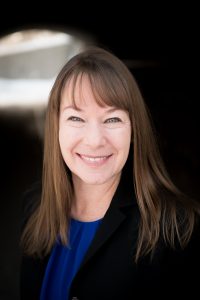 DR EMILE ELIAS
DR EMILE ELIAS
Research Hydrologist and Acting Director
Southwest Climate Hub
US Department of Agriculture
FIELD OF RESEARCH: Hydrology, Climate Change
RESEARCH PROJECT: Emile’s research investigates how climate change, and the way communities use land, is affecting the quality and quantity of water in southwestern United States. She hopes that the insights gained will help residents to better manage their water supplies and secure a sustainable agricultural future.
FUNDER: United States Department of Agriculture (USDA)
ASK EMILE
WHAT DID YOU WANT TO BE WHEN YOU WERE YOUNGER?
By late elementary school, I knew I wanted to work with water. After getting an undergraduate degree in biology, I was headed to law school to study water law, but quickly realised that my true passion is science.
HOW DID YOU BECOME INVOLVED IN HYDROLOGY?
My family took an annual trip to the Colorado mountains and I became fascinated by the rivers and lakes in Colorado. My first science field trip was in third grade to a local pond. And then I volunteered with a local non-profit group to sample water quality in high school. I took any opportunity I could to learn about water.
WHAT DO YOU LOVE MOST ABOUT YOUR JOB?
I love working with a highly engaged team of scientists to foster climate-informed decision-making. The ‘science to practical application’ aspect of my job, and our motivated and thoughtful team, make my work truly enjoyable.
WHAT OPPORTUNITIES ARE THERE FOR YOUNG PEOPLE IN HYDROLOGY?
You could start in the field sampling water conditions, and studying macroinvertebrates and other indicators of aquatic health. Or, you could use technology, such as hydrologic modelling, to try to predict the impacts
of changes to water resources. Or, you could engage in policy or law to influence water resource management. There are also opportunities in the non-profit, academic, governmental and legal fields.
IF YOU COULD GO BACK IN TIME WHAT ADVICE WOULD YOU GIVE YOURSELF WHEN YOU WERE STARTING OUT ON YOUR CAREER PATH?
I’d say, “Be flexible and open to your path unfolding in unexpected ways, and choose to learn and do what you love.”
ABOUT THE USDA SOUTHWEST CLIMATE HUB
The USDA (United States Department of Agriculture) has ten climate hubs, or centres, which are devoted to managing Earth’s resources in the context of a changing climate. One of these is the Southwest Climate Hub. We asked Emile about the vital work they do.
WHAT IS THE PURPOSE OF THE USDA SOUTHWEST CLIMATE HUB AND HOW DOES IT DIFFER FROM THE OTHER NINE REGIONAL CLIMATE HUBS?
All of the ten USDA Climate Hubs across the nation work to help farmers, ranchers, foresters and communities respond to the impacts of a changing climate. We conduct and synthesise research, provide educational workshops and materials and create decision- support tools and resources. The Southwest Hub covers a hot and dry region of the US, so we focus on water scarcity, drought, wildfire and adaptation related to warm environments with limited moisture.
THE SOUTHWEST CLIMATE HUB ALSO DOES A LOT OF OUTREACH AND EDUCATION WORK? WHY?
Our scientific translation needs to reach decision-makers to promote resilient agriculture and communities. So, we host workshops to provide people with important information. We also believe that providing climate-related education to youth will support future generations of scientific thinkers.
THE HUB HAS PARTNERED WITH THE ASOMBRO INSTITUTE FOR SCIENCE EDUCATION TO CREATE FUN AND SCIENTIFICALLY RIGOROUS EDUCATIONAL ACTIVITIES FOR 6-12 GRADE STUDENTS. THEY ARE AIMED AT TEACHERS, BUT CAN YOUNG PEOPLE USE THEM AT HOME OR BY THEMSELVES?
Absolutely! The activities are intentionally designed to use materials that could be easily and inexpensively acquired. Many people probably have the materials at home already. You’ll find the activities here: https://asombro.org/climate-hub/
THERE ARE TWO CURRICULUM UNITS, WHICH ARE FREE TO DOWNLOAD: ‘CLIMATE CHANGE AND THE WATER CYCLE’ AND ‘EFFECTS OF CLIMATE CHANGE ON AGRICULTURAL SYSTEMS’. WHY IS THE FOCUS ON WATER AND AGRICULTURE?
We selected water because water scarcity is critical to people and nature in our region. And projected changes to the hydrologic cycle are important for people to understand now to plan for the future. Agriculture was selected next because it is vital to our communities and economies; and agriculture can be vulnerable to changing conditions.
HOW POPULAR ARE THESE UNITS, AND WOULD THEY BE SUITABLE FOR STUDENTS IN DIFFERENT REGIONS OF THE US OR COUNTRIES WORLDWIDE?
Teachers who have used and tested these units are impressed. The units are growing in popularity because we are working to reach more teachers and to raise funds to offer supply kits to selected teachers across the Southwest. And yes, they would be suitable for students in different regions of the US or other countries. Even though the activities focus on climate change issues in the southwest of the US, many of the issues are common in other areas of the world.
DOES THE SOUTHWEST CLIMATE HUB OFFER TRAINING OR APPRENTICESHIP SCHEMES FOR YOUNG PEOPLE?
The Climate Hub network has a highly competitive fellowship program for early career scientists. We also have a cohort of undergraduate students at the Southwest Climate Hub who learn about climate science, outreach and tool development. We host webinars with a variety of partners which are recorded and shared via www.drought.gov.
OPPORTUNITIES IN HYDROLOGY
- Firstly, to see if hydrology and related climate research is for you, you could participate in local community-based initiatives and climate action groups, perhaps even those organised by your school.
- Most people working in the hydrologic field go to university, but not all necessarily get a master’s degree or PhD. There are many opportunities for people with an undergraduate degree in aquatic ecology, hydrology and water resources management.
- The pay for a hydrologist in the US varies by sector and experience. A starting hydrologist earns about $50K per year, whereas an experienced hydrologist can earn around $120K per year, and sometimes more.

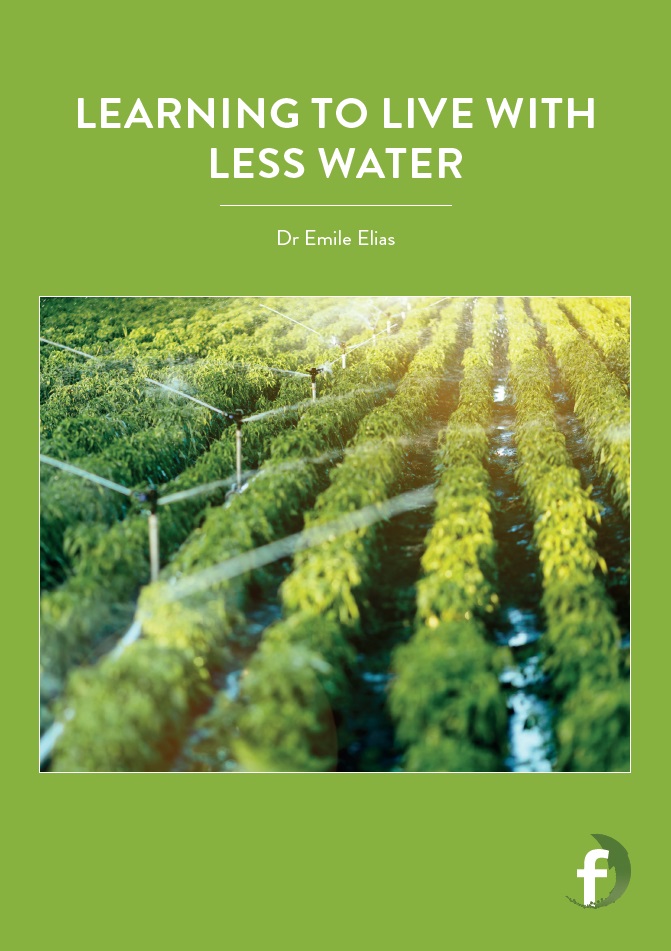
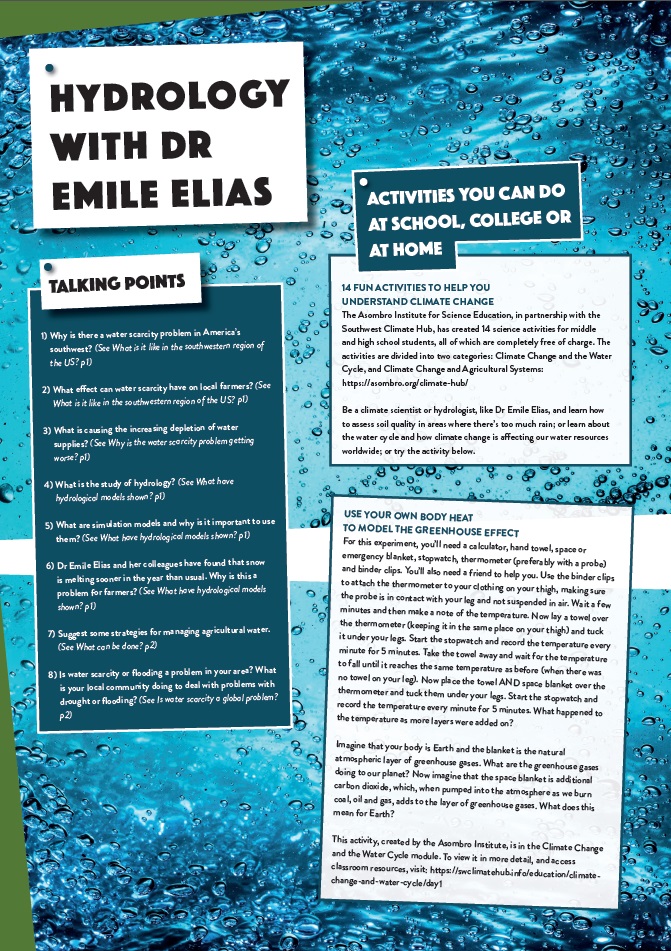
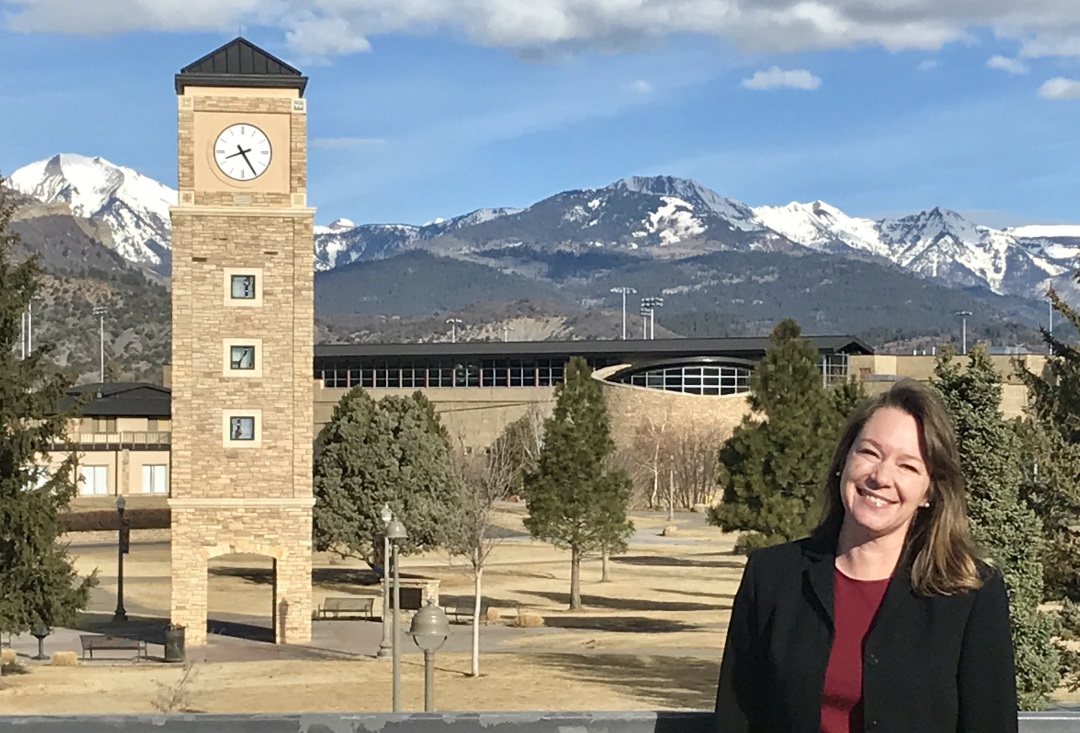
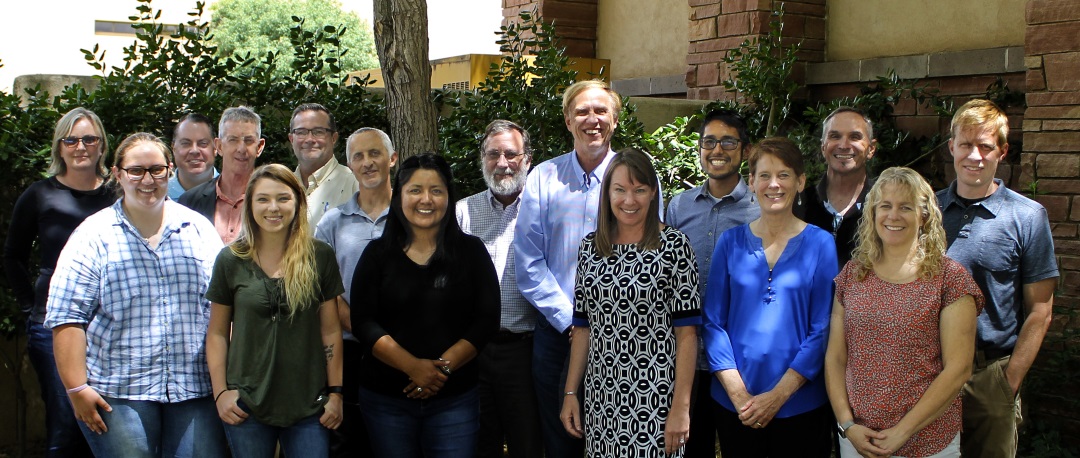
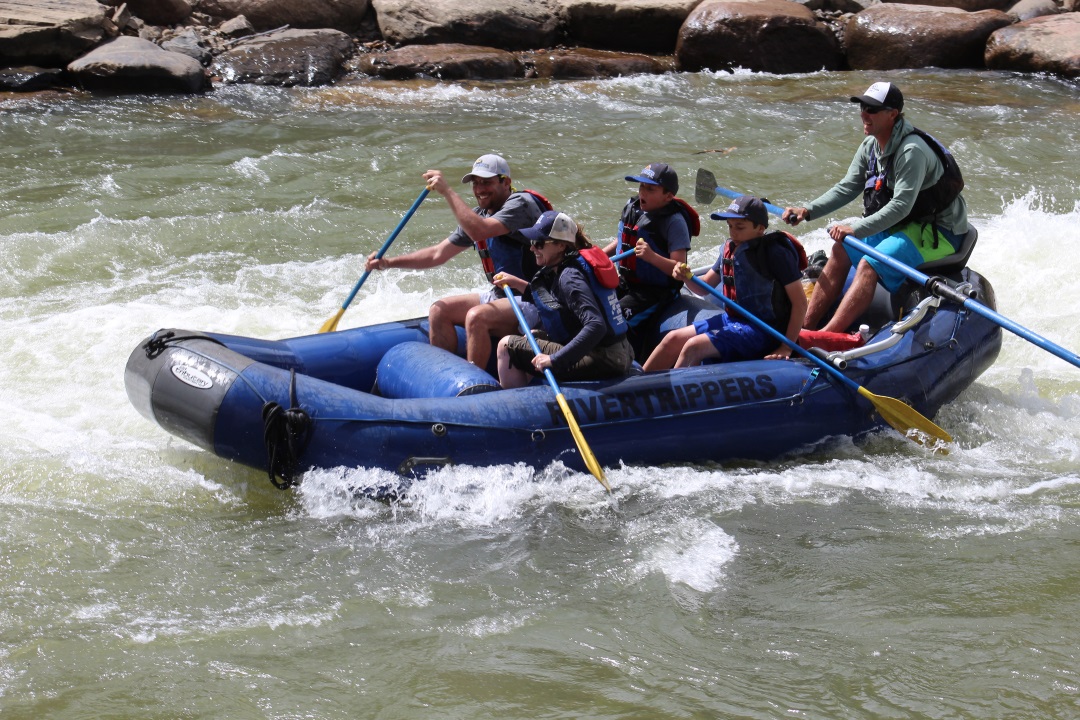
Interesting read. I am keen to understand more behind the title “Learning to live with less water”; can your research be applied in other areas and translate to young people growing up with climate change and its impact as a daily question on their minds.
Dear Lyndsey,
Absolutely. A great place to start would be to evaluate the educational modules here: https://www.swclimatehub.info/education/climate-change-and-water-cycle
Most of these can be readily applied or easily modified for any location!
Thanks for your interest.
Emile
@Emile_H_Elias